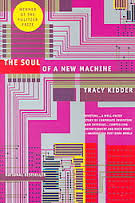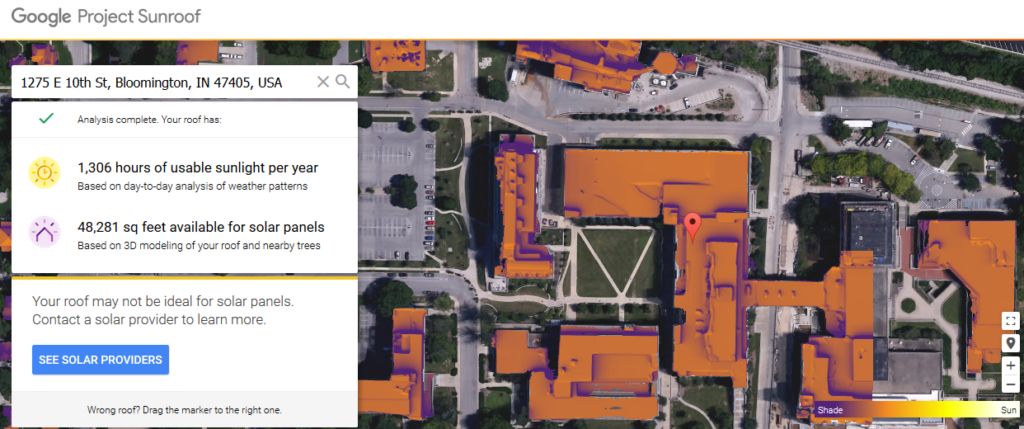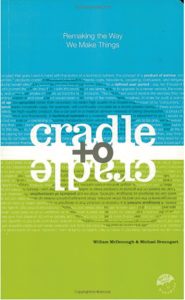An intersection I am very interested in with my research interests. From an interview with Tendril CEO Adrian Tuck:
Under today’s demand response — whether you are turning someone’s air conditioning off or sending them a message to do something else — you are really just making a problem on the network the customer’s problem. Nobody else does that.
Netflix is an example that I often use. Netflix often has huge capacity-constraint issues, but they don’t tell you not to watch a movie on Saturday night or charge you more during a peak time. They just do really clever things behind the scenes. It might take slightly longer to spool the movie up on a Saturday night than it does on a Tuesday morning, or the pixelation on the movie is not quite as good as it would be — but they manage all of that to ensure the service.
The utility equivalent would be to tell people not to watch a movie on Saturday night. I think a fixed-price model — say $200 per month based on what you use — is better than a time-of-use rate. Time-of-use just takes a problem on the network and makes it a customer’s problem. I think the company that uses all these smart technologies to deliver a flat price of energy, and to take away demand response or time-of-use, is going to succeed in the market.


